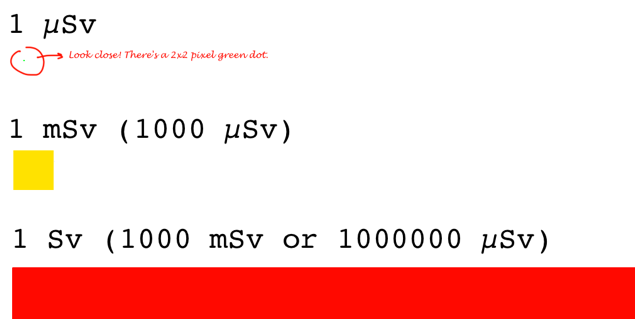Robert Alvarez, senior scholar at the Institute for Policy Studies, says the situation is so bad that “This is a situation where people may be called in to sacrifice their lives. … It’s very difficult for me to contemplate that but it’s, it may have reached that point.”
The U.S. military has banned service members from coming within 50 miles (80km, that’s much larger area than Japan’s 20-30km) of the Fukushima Daiichi plant. The U.S. Embassy, in Japan, is tell all U.S. citizens who live near the plant to stay indoors.
White House spokesman Jay Carney said “…the advice the Japanese government is giving…is different than the advice we’d be giving if this incident happened in the United States.”
